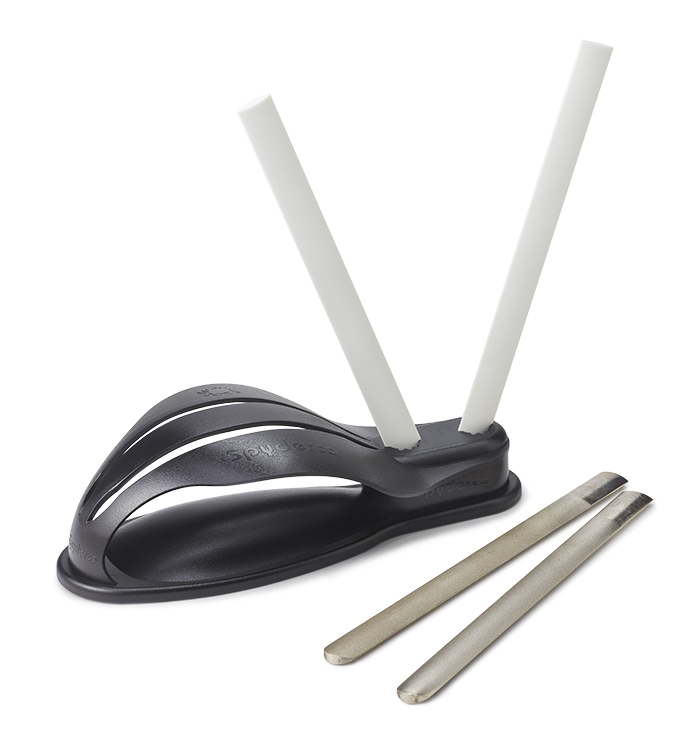Cushing H.
Gold Member
- Joined
- Jun 3, 2019
- Messages
- 2,714
Ive been doing a lot of cooking recently. Always use lots of tomatoes. One by one the several knives i had brought to soft-tomato-skin sharpness have started to lose it. One by one the ability of a ceramic rod to restore that ability has gone away. I just dont have time to always keep all my knives at that peak sharpness, and by the time it is mid evening, and i discover (or rather am reminded) that none of my knives can "cut it", i dont have time (or energy?) to go to the shop to touch up a knife.
So I .... *gasp* reach for this old stamped 4inch serrated "tomato knife". Thing is, even though the thing is like 20 years old, and has been sharpened so many times the serrations are barely even present now, it WORKS. The tomatoes are sliced, or diced, and i am on to the next cutting chore. (A few times i have even reached for my ... longer serrated bread knife for bigger tomatoes )
)
Oh, i admit that there is just not the same gut level satisfaction of a sharp edge just sliding through a tough skin, and i realize this is considered heretical at a deep level, but ... why *not* try my hand at a 6 inch serrated knife destined to use on tomatoes? (Its also a chance to try creating serrations without committing to a long bread knife...)
BTW .... a tomato is botanically a fruit ... so why do we call it a vegatable? (There is actually kind of an interesting answer to that question....)
So I .... *gasp* reach for this old stamped 4inch serrated "tomato knife". Thing is, even though the thing is like 20 years old, and has been sharpened so many times the serrations are barely even present now, it WORKS. The tomatoes are sliced, or diced, and i am on to the next cutting chore. (A few times i have even reached for my ... longer serrated bread knife for bigger tomatoes
Oh, i admit that there is just not the same gut level satisfaction of a sharp edge just sliding through a tough skin, and i realize this is considered heretical at a deep level, but ... why *not* try my hand at a 6 inch serrated knife destined to use on tomatoes? (Its also a chance to try creating serrations without committing to a long bread knife...)
BTW .... a tomato is botanically a fruit ... so why do we call it a vegatable? (There is actually kind of an interesting answer to that question....)

